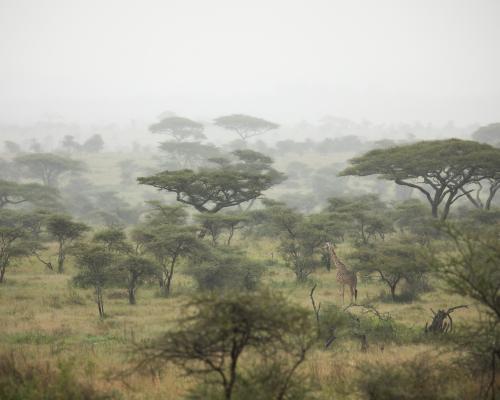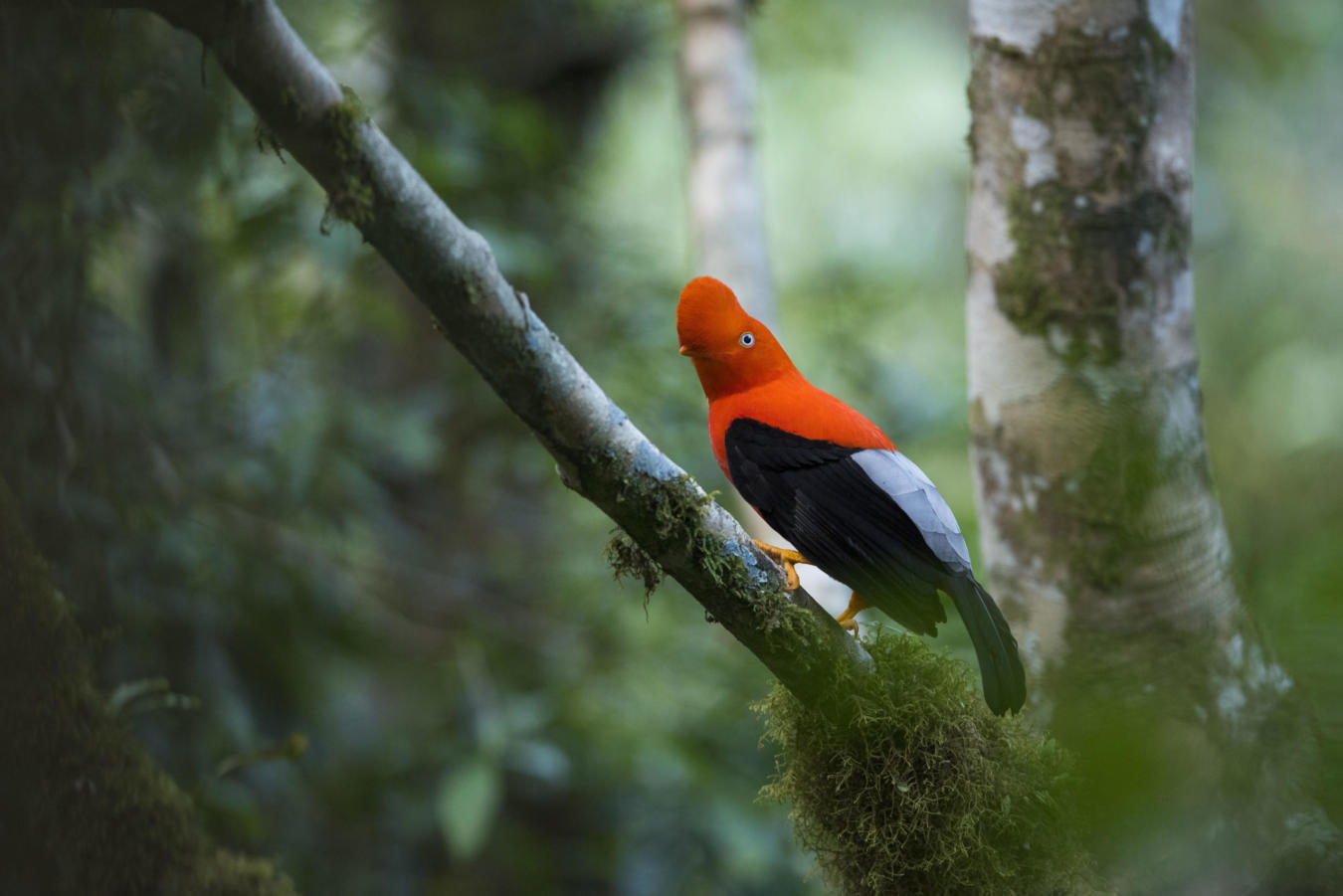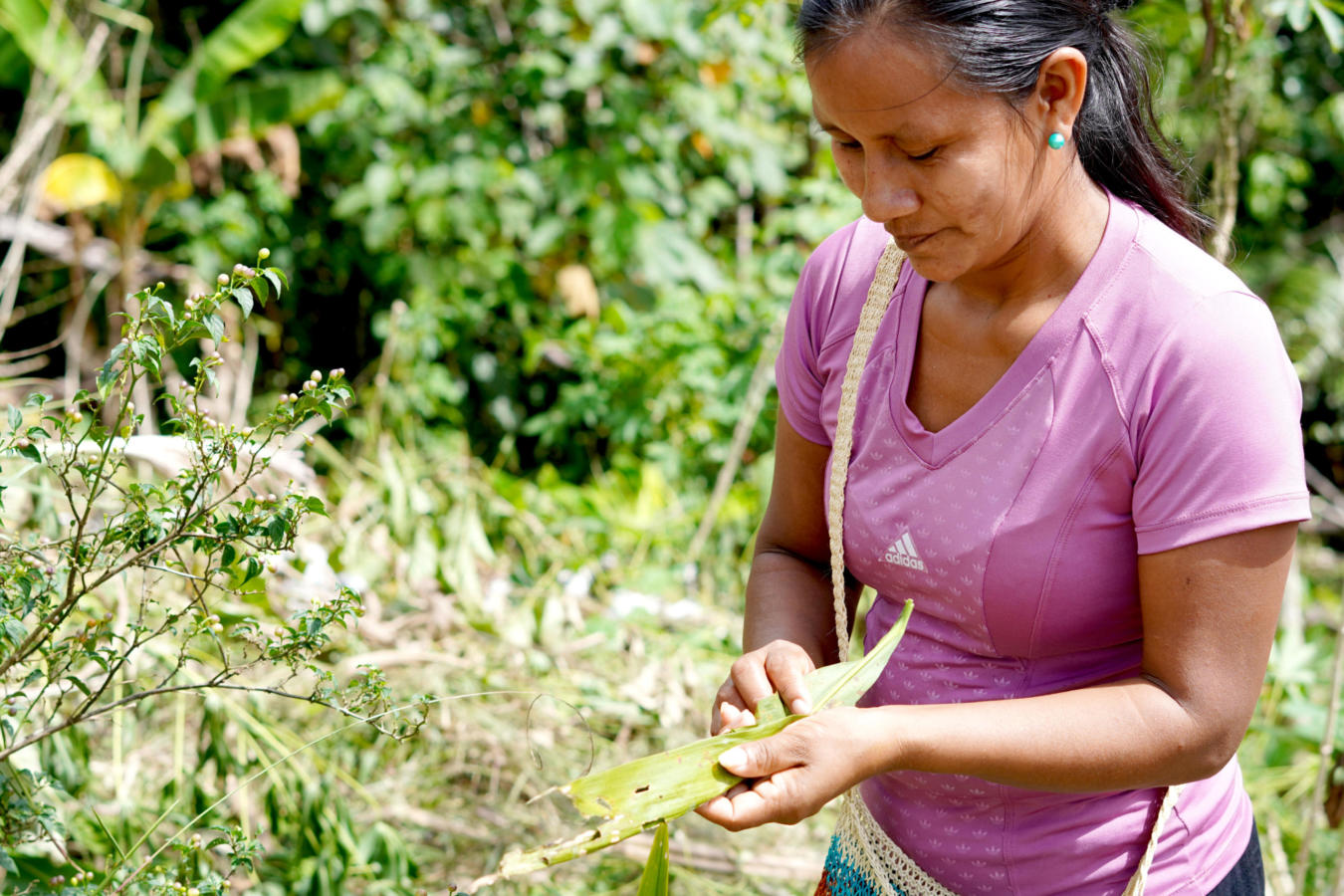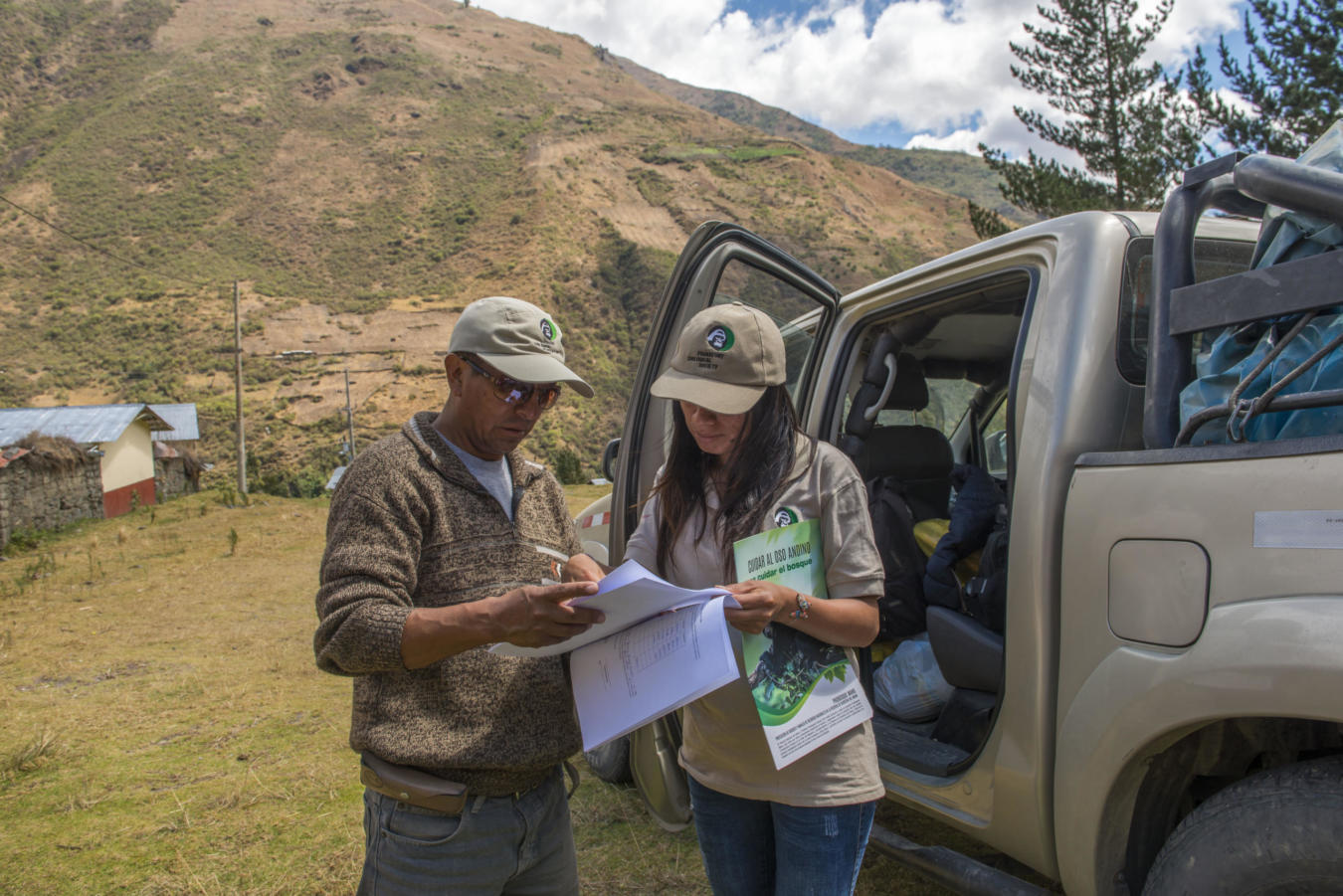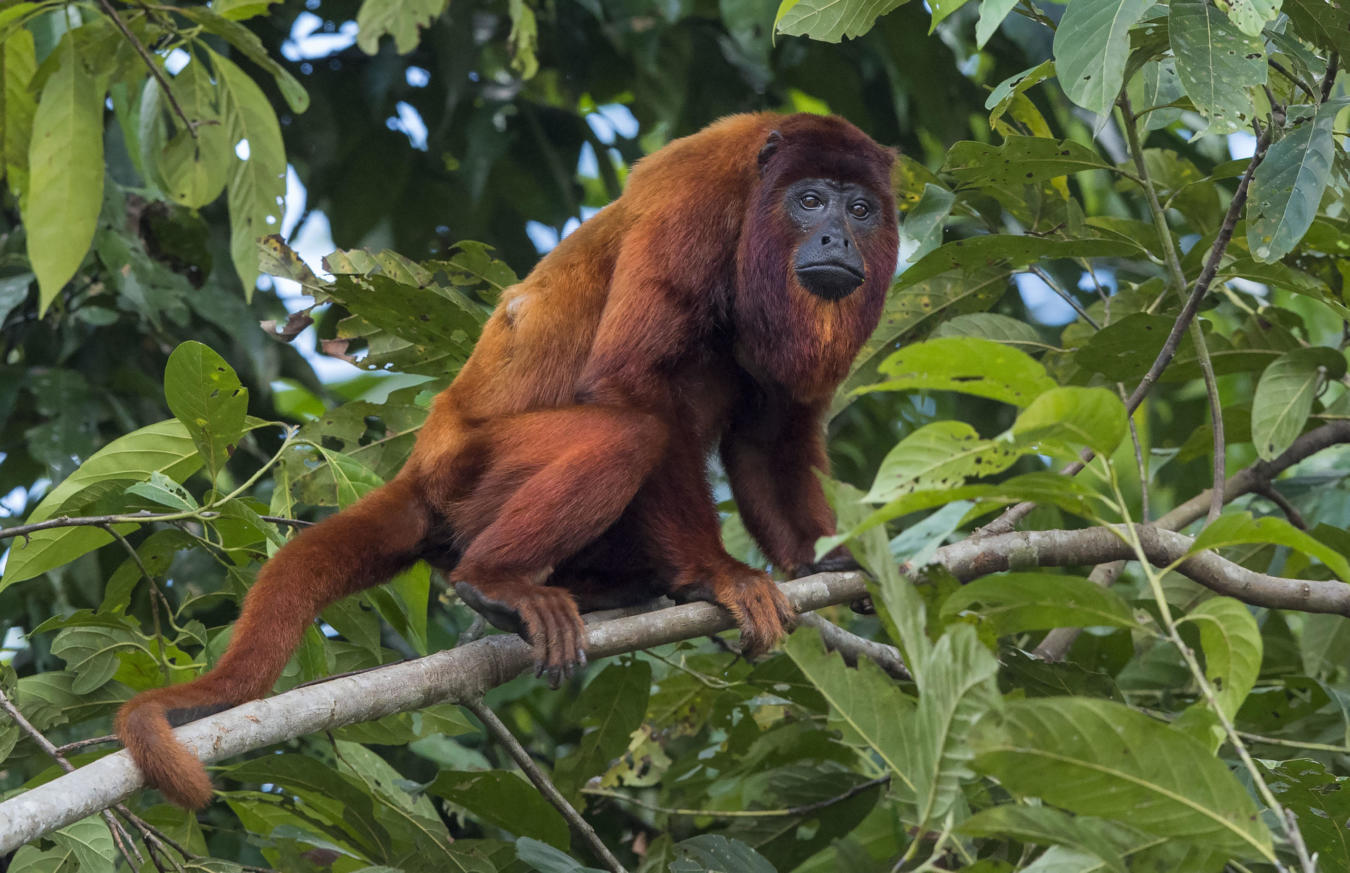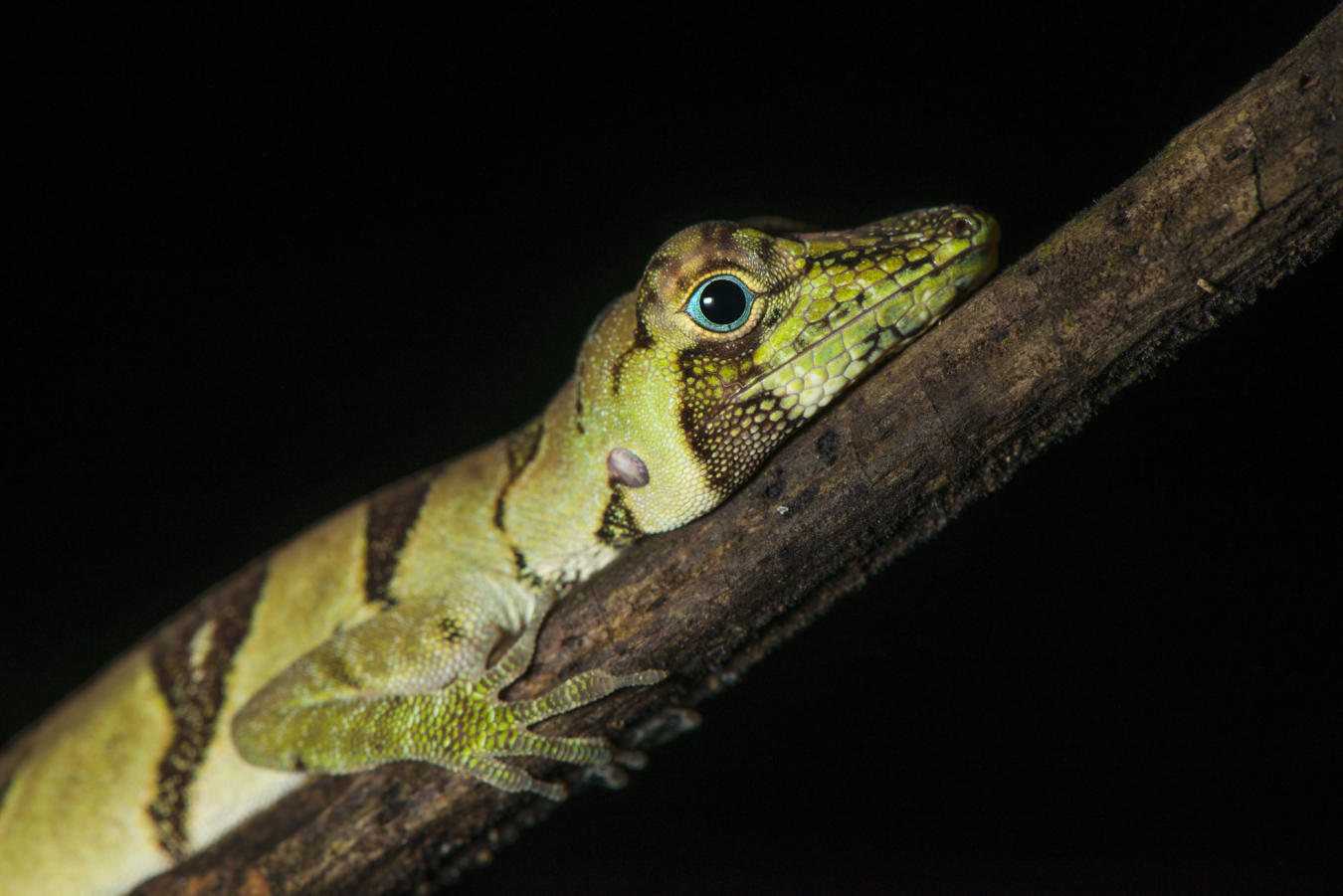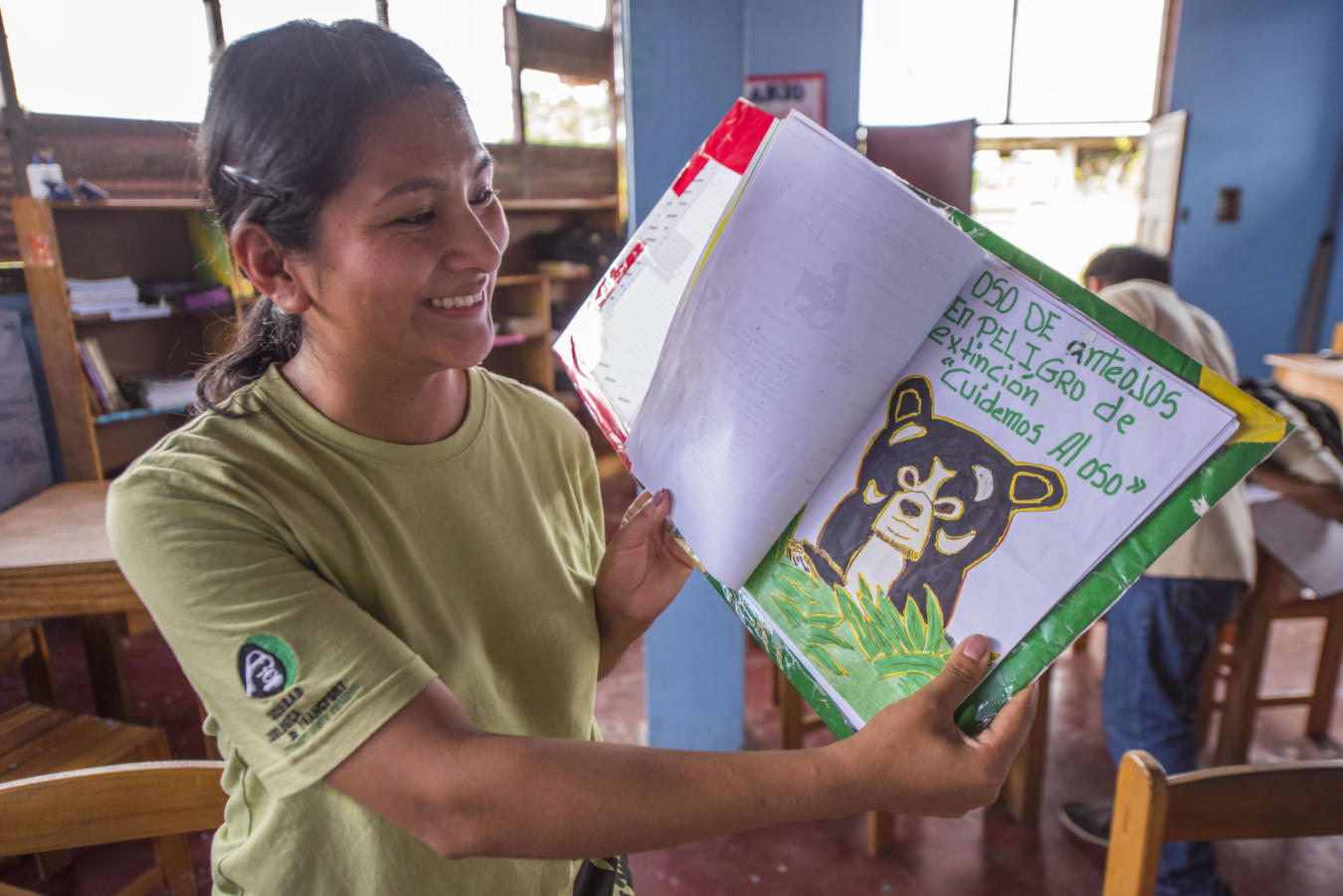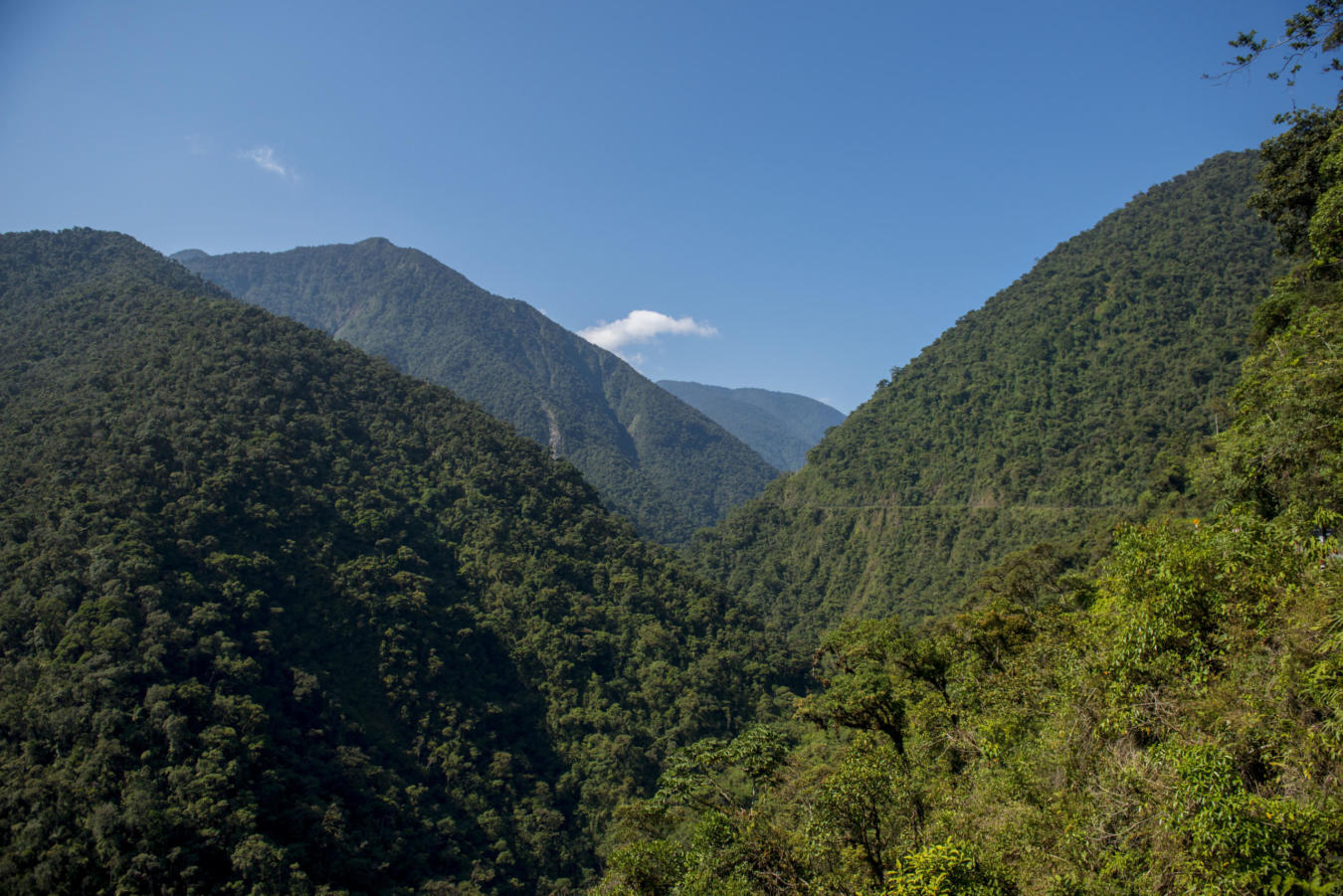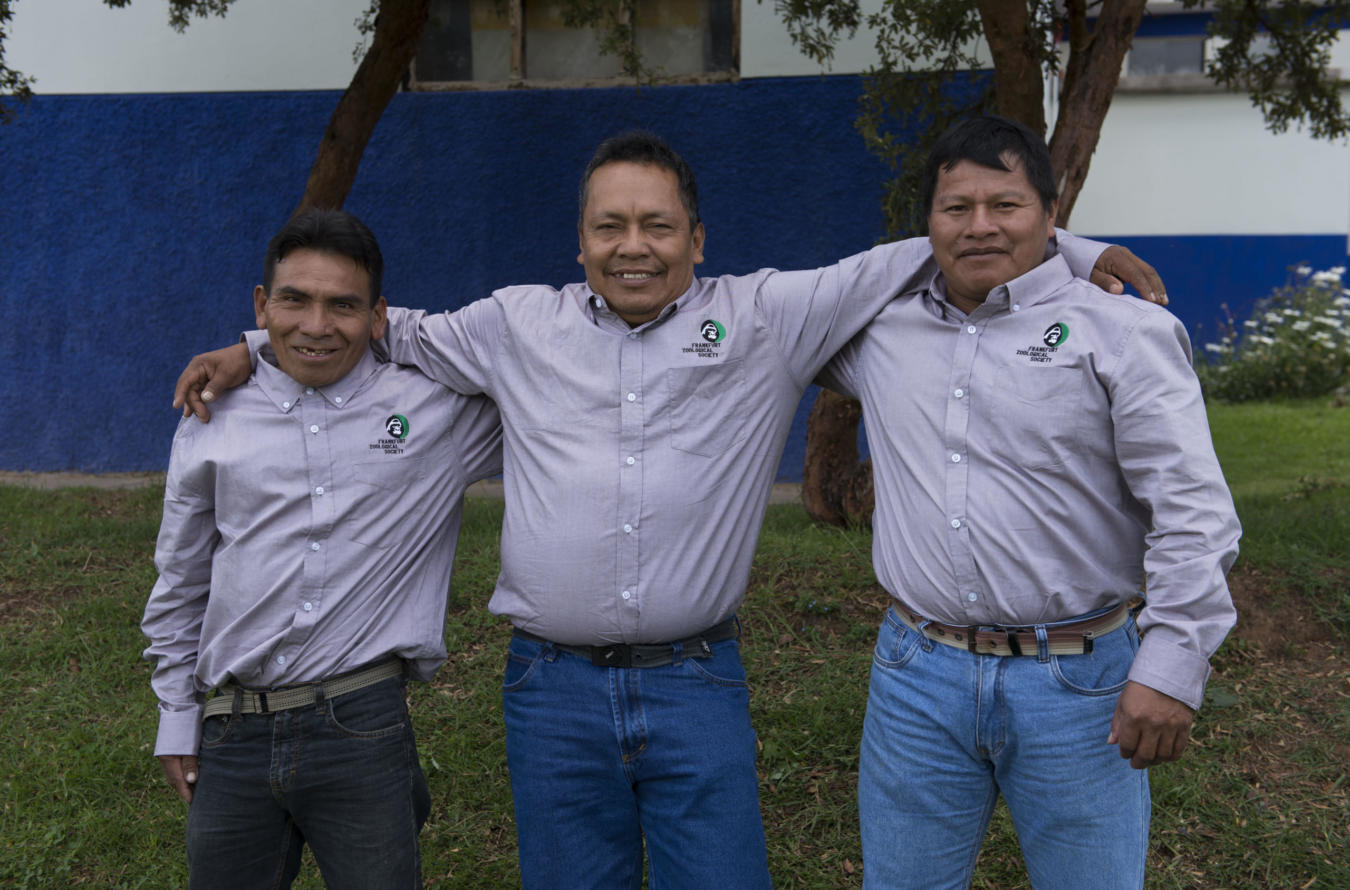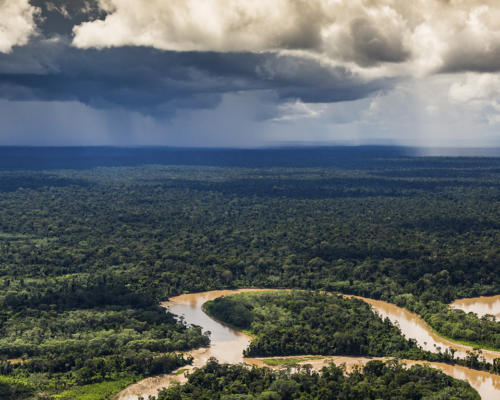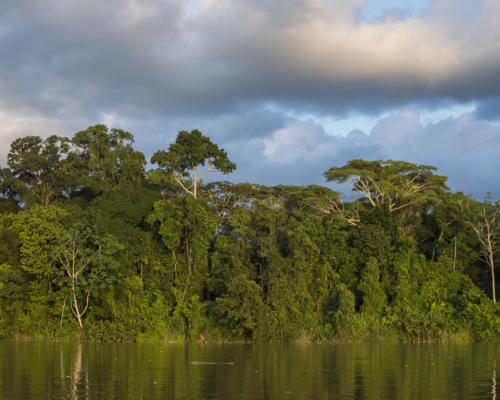The growth and geographic expansion of FZS’s Peru program leads to a division into four ‘landscape’ projects, each with a national park as its core and emphasis.
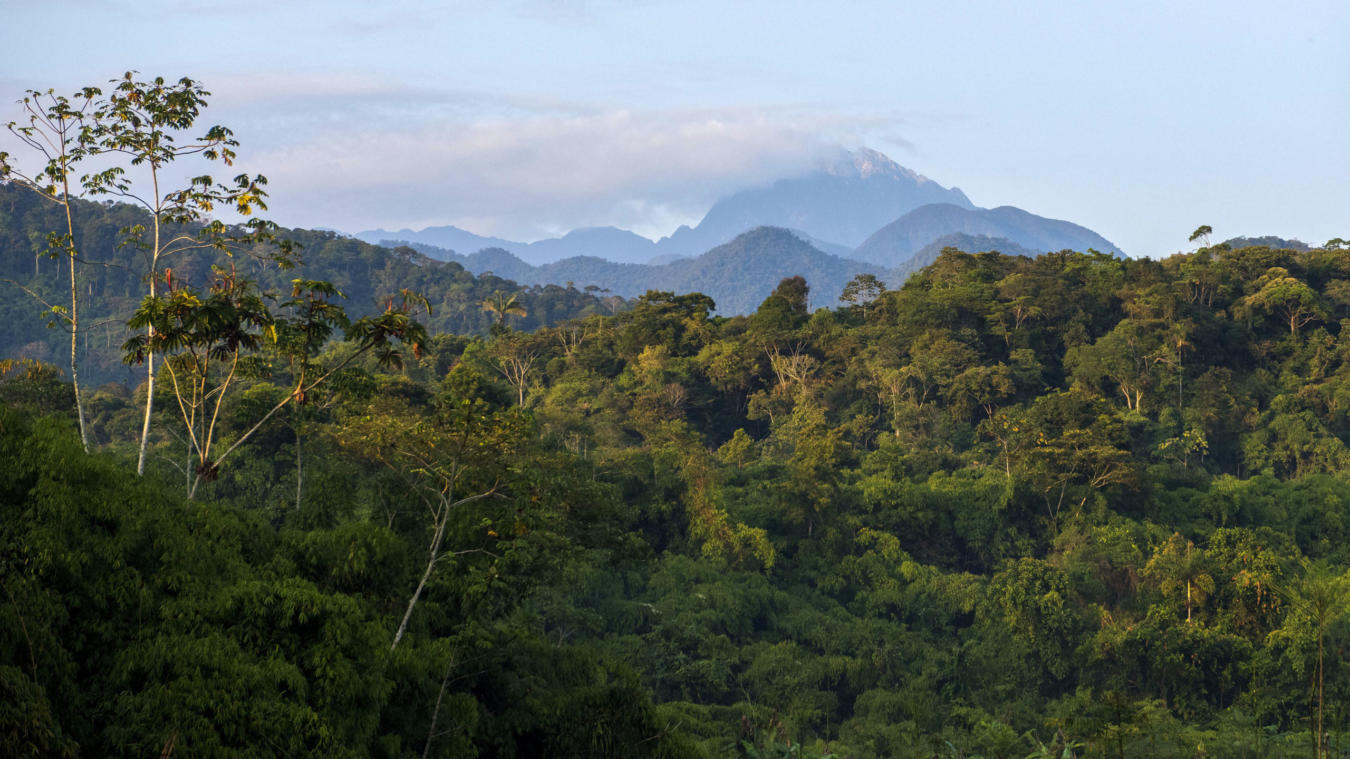
The area of southeastern Peru where the Andes mountains meet the Amazon basin is one of the most biodiverse regions on earth. The pristine forests contain world record numbers of bird, reptile, amphibian, tree, butterfly, and dragonfly species diversity. Moreover, this region still includes unique wilderness areas that are also home to indigenous people who live in isolation and without contact with Western civilization, one of the last places in the world where this still happens.
In recent decades, the Peruvian government has set up several, in some cases very large, protected areas such as the Manú, Alto Purús, Bahuaja Sonene and, Yaguas National Parks, as well as the Tambopata and Megantoni National Reserves and indigenous protected areas. This gives endangered species, such as the giant otter, jaguar and, Andean bear, an important refuge.
Since 1969, FZS has supported various projects in Peru to protect endangered species. In 1990, a detailed study of the giant otters led to the evolution of FZS engagement in the Andes to the Amazon Conservation Program. Since then, the support has grown continuously in recent years, now comprising four geographical landscapes that include more than 131,000 km² encompassing 13 protected areas.
The goal of our activities in Peru is the conservation of the species-rich ecosystems in the Amazon of the country. To achieve this, we focus on the protected areas and work in close collaboration with the Peruvian national protected area authority (SERNANP). In addition, FZS Peru is collaborating with local and indigenous communities, indigenous federations and, local and regional governments to ensure the long-term protection of these mega-diverse and species-rich project areas.
- Provide infrastructure, equipment as well as training to park staff to support the protection of the vast areas
- Remote surveillance through high-resolution satellite data, overflights, and the use of civilian drones to detect illegal activities in the protected areas
- Conduct biological monitoring by researching indicator species such as the giant otter and manatees
- Support environmental education in local communities in and around protected areas
- Protect the home of indigenous people living in isolation and initial contact
- Make sure that the use of natural resources is sustainable and supports participatory management of natural resources in and around protected areas
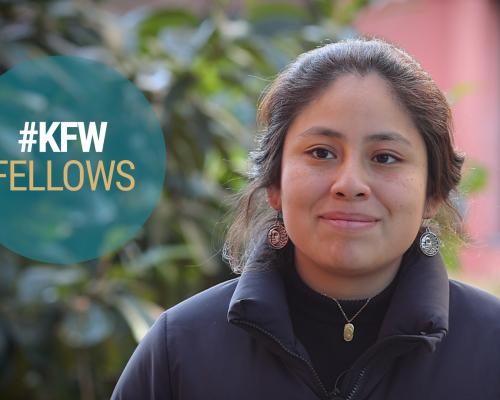 04/09/2024News
04/09/2024NewsCombining integrating ancestral knowledge with modern conservation strategies
04/09/2024NewsCombining integrating ancestral knowledge with modern conservation strategies
Congratulations to FZS employee Isabel Porras Santa Cruz from Peru. She is among the winners of this year’s KfW Foundation grant. The grant is awarded to selected KFW Fellows of Frankfurt Spring School to bring their innovative conservation projects to life. The grant is a means of supporting biodiversity protection.
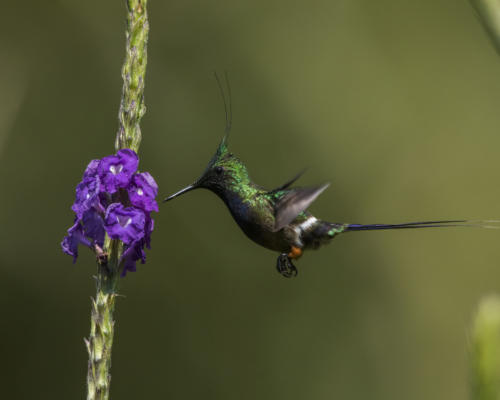 05/25/2023News
05/25/2023News50 Years Manu National Park – World Champion of Diversity
05/25/2023News50 Years Manu National Park – World Champion of Diversity
Manu National Park in Peru is celebrating its 50th anniversary. Located in the southeast of the country, the protected area is not only a world champion of biodiversity, but also an outstanding example of a close connection between nature and tradition. It is rightly a UNESCO World Heritage Site and … Read more
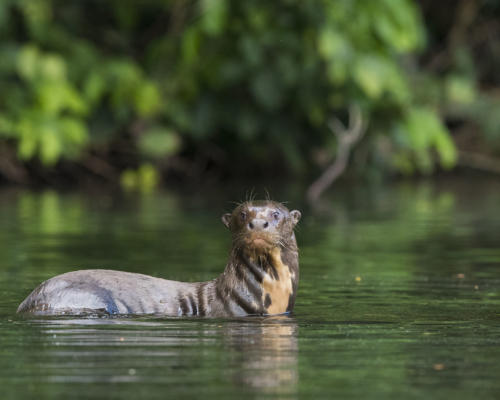 10/25/2022Project update
10/25/2022Project updateThe plight of the Giant Otter
10/25/2022Project updateThe plight of the Giant Otter
The largest mustelid species in the world is in trouble. Activities such as mining are destroying their habitat. How safe are they within protected areas? Only monitoring can give us a good answer.


FZS helps ensure the successful designation of Yaguas National Park.
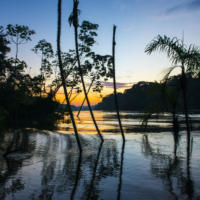
Expansion of FZS’s focus from southeastern to include the Yaguas area in northeastern Peru.
Founding of “Ayuda para Vide Silvestre Amenazada Peru – Sociedad Zoológica de Francfort” (FZS Perú) and the start of comprehensive support for protected areas from the eastern slopes of the Andes to the Amazon lowlands.
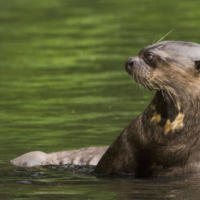
FZS director Dr. Christof Schenck and his wife Dr. Elke Staib start their research on the endangered giant otters in Manu National Park. The monitoring work is still ongoing and provides the longest continuous research data on giant otters. The project area has since been extended far beyond the park boundaries of Manu National Park to include other populations in other protected areas of Peru.
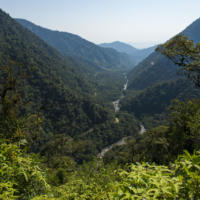
FZS supports the creation of Manu National Park.
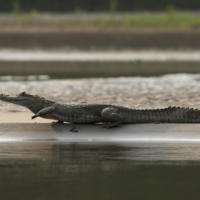
FZS begins work in Peru by supporting research on endangered black caiman in the Manu region and helps establish the famous Cocha Cashu Biological research station.







